We love them endlessly, but let’s be honest—dogs can bring a certain aroma that’s not exactly what you’d call “fresh.”
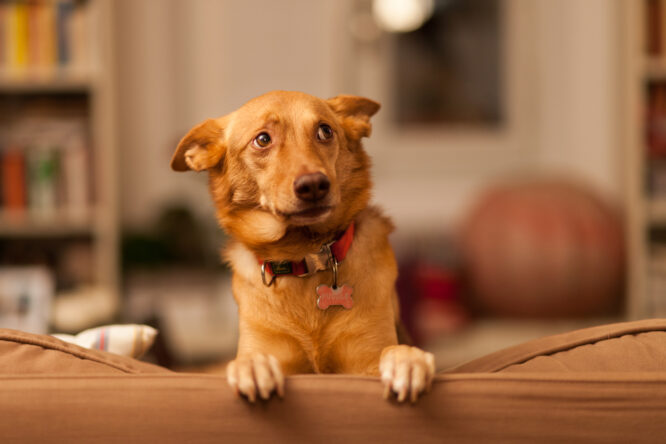
Whether it’s a damp dog funk, that lingering whiff on the sofa, or the subtle scent of mystery paws, it’s easy for the smell to take over. The good news is, you don’t have to settle for a home that smells like a kennel. With a few simple tweaks and habits, you can keep your space smelling clean without banishing your pup. Here are 10 things that actually make a difference.
1. Wash their bedding—properly and often.
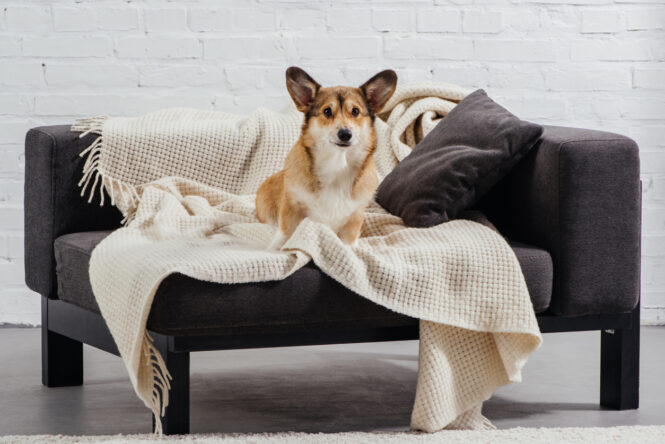
That fluffy bed your dog curls up in every night is probably holding onto more smell than anything else in your home. Toss it in the wash at least once a week using pet-safe detergent and hot water if the label allows. Don’t forget the inside cushion if it’s removable.
For beds that can’t go in the machine, vacuum them thoroughly and spray with a vinegar-water solution or pet-safe fabric deodoriser. Let them air out in the sun—it naturally kills bacteria and helps freshen things up.
2. Hoover like you mean it.

Dog hair traps smells, especially when it mixes with skin oils or gets wet. Vacuum all soft surfaces regularly, including carpets, sofas, curtains, and rugs. A good vacuum with a HEPA filter is worth its weight in gold here. If the smell feels stubborn, sprinkle baking soda over carpets and upholstery first, let it sit for 15 minutes, then vacuum it up. It’s simple, effective, and chemical-free.
3. Bathe your dog (but not too much).

Sometimes it’s not the house—it’s the hound. If your dog’s coat starts smelling musty, a proper bath can make a world of difference. Use a gentle dog shampoo and make sure they’re dried thoroughly afterward, especially in colder months. That said, over-bathing can dry out their skin and make the problem worse. Aim for every 4–6 weeks unless they’ve rolled in something awful.
4. Clean their favourite hangouts.
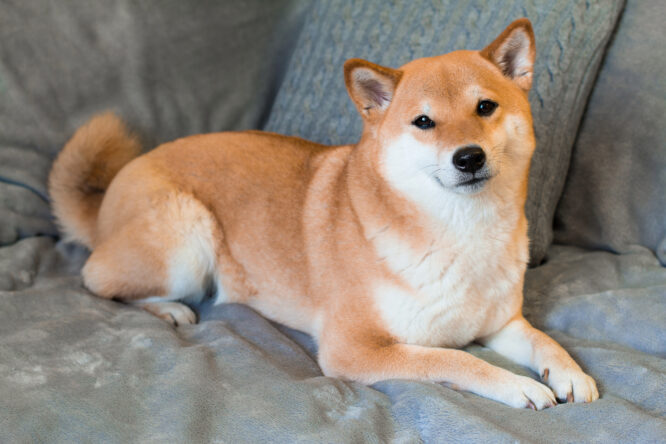
Dogs tend to pick a few favourite spots—like the same corner of the sofa, that patch on the rug, or the back seat of your car. Over time, these areas absorb a lot of odour and need extra attention. Use a pet-safe enzyme cleaner on anything fabric and wipe down hard surfaces like walls or door frames where they lean or rub. It’s easy to forget how much smell lives in those little patches.
5. Ventilate every single day.
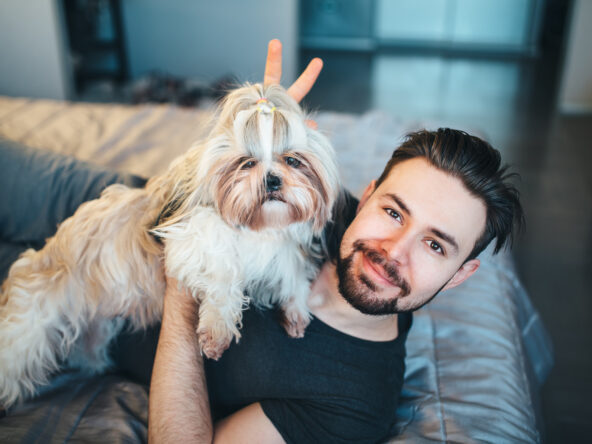
Nothing beats fresh air. Open your windows—even just a crack—for 15 to 30 minutes a day to let the air move through your space. It’s especially helpful after vacuuming or mopping, when you’ve stirred up whatever was lingering in the fibres. If you live in a flat or somewhere ventilation is limited, a decent air purifier can help pull dander and doggy smell out of the air. Just make sure it’s rated for pet households.
6. Wipe paws and bellies after walks.

It might sound fussy, but giving your dog a quick wipe-down after outdoor adventures can prevent them from tracking in wet fur smells, dirt, and allergens that contribute to the general pong. Keep a towel or dog wipe by the door for muddy paws and damp coats. It also helps cut down on that lingering smell that seems to cling after rainy walks.
7. Wash their toys occasionally.
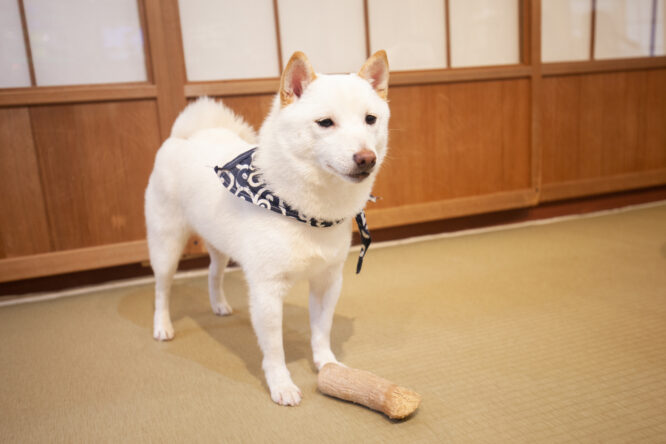
Those well-loved chew toys and squeaky plushes can start to smell… questionable. If your dog’s toys spend half their time in their mouth and the other half under the sofa, they’re probably part of the problem. Rubber toys can usually be rinsed with warm water and mild soap. Fabric ones can often go in the washing machine in a pillowcase or mesh bag. Check labels, or when in doubt, toss and replace the worst offenders.
8. Use natural deodorisers (not heavy sprays).
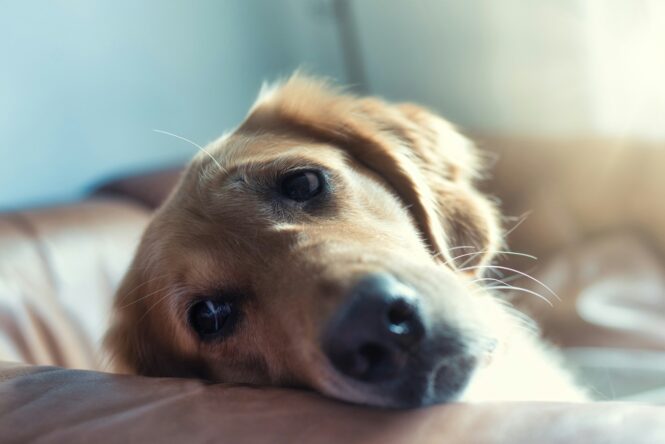
Instead of masking smells with strong artificial sprays, use natural deodorisers like vinegar, lemon, or bicarbonate of soda to neutralise odours. You can also simmer a pot of citrus peels and herbs for a gentle air freshener that doesn’t irritate sensitive noses—yours or theirs. For soft furnishings, mix water and white vinegar in a spray bottle and lightly mist (test a patch first). It neutralises odours without leaving a fake smell behind.
9. Keep your dog groomed between baths.
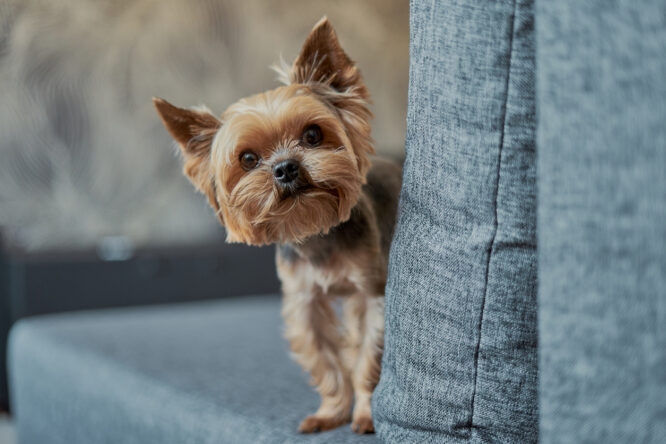
Regular brushing helps reduce shedding and removes trapped dirt, skin oils, and dander, all of which contribute to doggy smell. It also keeps their coat in better condition, which reduces the build-up of odour over time. If your dog has long hair, don’t forget the area behind the ears and under the legs where things can get matted and whiffy fast. A quick brush a few times a week goes a long way.
10. Don’t forget the less obvious places.
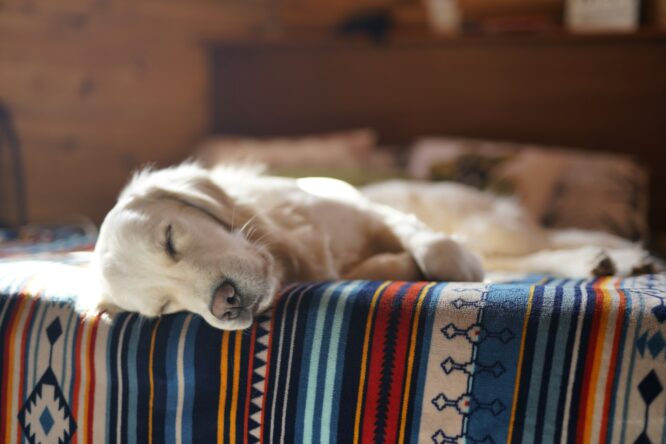
Dog smells can hide in places you wouldn’t expect—like the bottom of curtains, under furniture, or even in your heating vents. If your house still smells off after a deep clean, check the corners where your dog likes to sleep or hide their toys. It’s also worth cleaning your hoover filter, mop head, and even your sofa cushions’ inners if they’re removable. Sometimes, it’s the last place you’d think that holds the stink.




